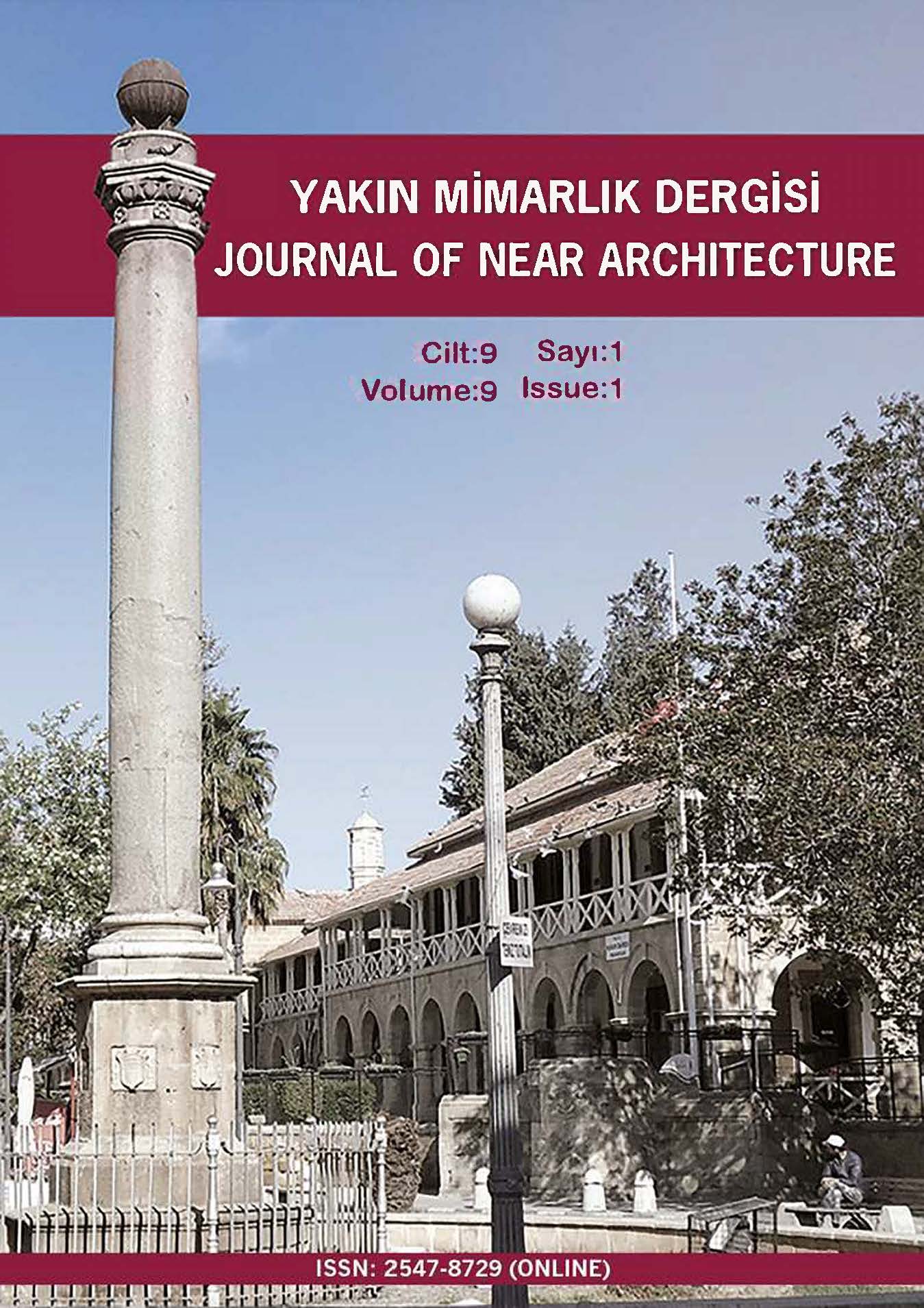The transformation of the Keçiova Mosque in Algeria in the context of anti-colonial architecture
DOI:
https://doi.org/10.32955/neujna202591904Keywords:
Colonialism, France, Algeria, Colonial Architecture, Keçiova MosqueAbstract
With the discovery of America by Columbus in 1492, an important era was opened in world political history and some states that were colonial powers aimed to spread the colonial reality all over the world. However, the colonial power that holds the sovereignty in the formation of the oppressor and the oppressed relationship as two separate realities, gains economic profit from its lands by controlling the exploited with the financial and technological power it has. Colonialism started in Europe and spread to the rest of the world, and coincides with the establishment of capitalism. Colonialism is the highest stage of imperialism politically and culturally. Colonialism in architecture has generally created a new synthesis architecture. In the Algerian case examined within the scope of this article, a new "Colonial architecture" emerged first as a result of the occupation/conquest that began in 1830 and continued until 1962. In the historically unique cultural heritage of Algeria, the concrete architectural products that bore the stamp of traditional culture were largely damaged by the French occupation, and with the destruction of the works, the concrete architectural culture of Algeria was uprooted and new structures in the French style were built instead, and Algerian culture was subjected to assimilation. The historical Keçiova Mosque, which is located in the Kasbah settlement known as the oldest settlement in the capital city of Algiers and has the characteristic of being a symbolic structure, was the first structure affected during the colonial period, and at the end of the change and transformation process, it was demolished and a new Catholic cathedral was built in its place, eliminating the oldest representative structure of the local culture. As a result of this process of change-transformation, demolition-reconstruction, the structure, which was initially the oldest mosque in the city, later acquired a cathedral and a new religious structure identity, was converted back into a mosque after Algeria gained independence. This article examines this process within the scope of the general transformation of the city of Algeria during the colonial period, and focuses on the process of converting the structure, which became the symbol of independence after the country gained independence (1962), back into a mosque.
Downloads
Published
Issue
Section
License
Copyright (c) 2025 Near East University Journal of Near Architecture

This work is licensed under a Creative Commons Attribution-NonCommercial-NoDerivatives 4.0 International License.







